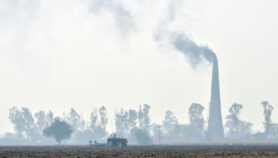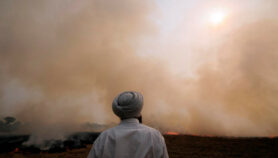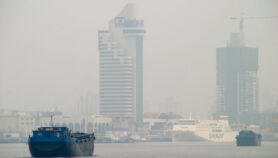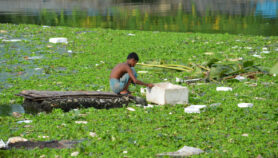28/09/21
Wildfire pollution linked to fatal heart, respiratory illness
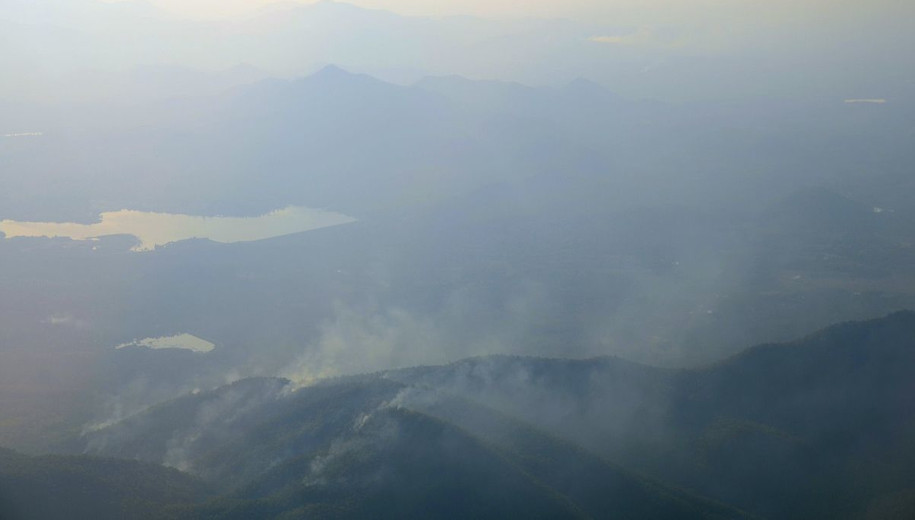
By: Sanjeet Bagcchi
Send to a friend
The details you provide on this page will not be used to send unsolicited email, and will not be sold to a 3rd party. See privacy policy.
[NEW DELHI] A study into the impact of fine particles generated by wildfires has confirmed the link between these toxic pollutants and increased deaths from respiratory and heart-related deaths worldwide, researchers say.
Particulate matter smaller than 2.5 micrometres released by wildfires contains chemicals such as polycyclic aromatic hydrocarbons and aldehydes that promote harmful oxidative and inflammatory processes in the body, according to research published this month in The Lancet Planetary Health.
Researchers studied 65.6 million deaths that occurred from “all causes” during 2000—2016 in 749 cities across 43 countries. Of these 15.1 million deaths were due to “cardiovascular causes” and 6.8 million deaths were attributed to “respiratory causes”. The highest excess mortality was in Thailand (2.32 per cent), followed by Paraguay (2.09 per cent) and Mexico (1.72 per cent).

Maximum levels of estimated daily wildfire-related PM2·5 in study locations during 2000–16. Image credit: Study authors/The Lancet Planetary Health/Elsevier (CC BY-NC-ND 4.0).
Exposure to wildfire pollution led to nearly 33,500 excess deaths annually including 7,000 cardiovascular deaths and 3,500 respiratory deaths, according to the study. PM2.5 is of particular concern because it is ‘respirable’ — meaning that it can enter the bloodstream via the lining of the lungs.
“This study, which provides solid evidence that bushfire smoke has serious health impacts, uses data that varies by country,” says study author Shanshan Li, deputy head of the Climate, Air Quality Research (CARE) Unit at the School of Public Health and Preventive Medicine, Monash University in Australia.
“This means people should take actions to protect themselves from bushfire smoke. Governments should also make policies to reduce health risks from bushfire smoke, particularly climate actions are urgently needed to reduce bushfires,” she tells SciDev.Net.
“Governments should also make policies to reduce health risks from bushfire smoke, particularly climate actions are urgently needed to reduce bushfires”
Shanshan Li, Monash University
Wildfires have both direct and indirect effects on health with potentially lasting consequences, the study says. Pollution from wildfire smoke can spread as far as 1,000 kilometres and PM2.5 can act together with other pollutants, such as oxidant gases, amplifying health effects.
The risk of wildfires is projected to keep increasing as climate change worsens, the study says.
Reshu Mandal, faculty staff at the zoology department of the Sri Guru Gobind Singh College, in Chandigarh, India, tells SciDev.Net that the present study is significant for “establishing a correlation between higher exposure to PM2.5 and increased risk of cardiovascular diseases and respiratory diseases in humans”.
While previous studies have shown that wildfire-related PM2.5 increased the risk of death from heart and lung damage, and other causes, they were based on single-city or single-region studies rather than on a global scale.
Liana Anderson, a scientist at the National Center for Monitoring and Early Warning of Natural Disasters in Brazil, tells SciDev.Net that, the study results “confirm the immediate need to tackle fires, improve preparedness and strategic planning to avoid wildfires”.
This piece was produced by SciDev.Net’s Asia & Pacific desk.










